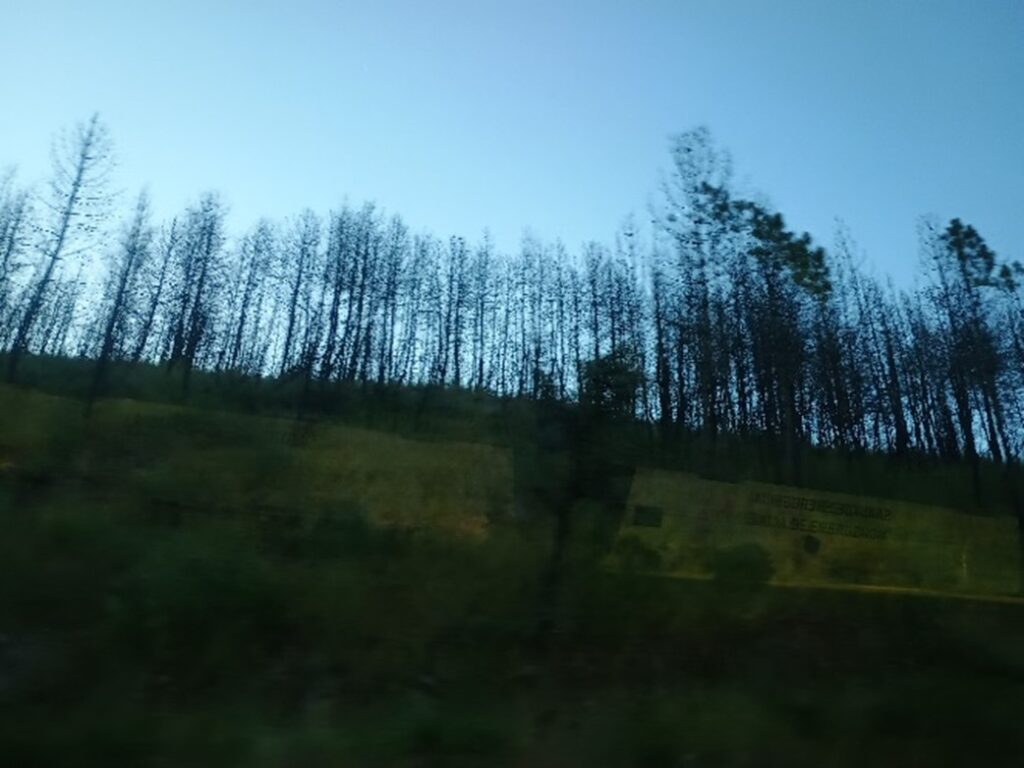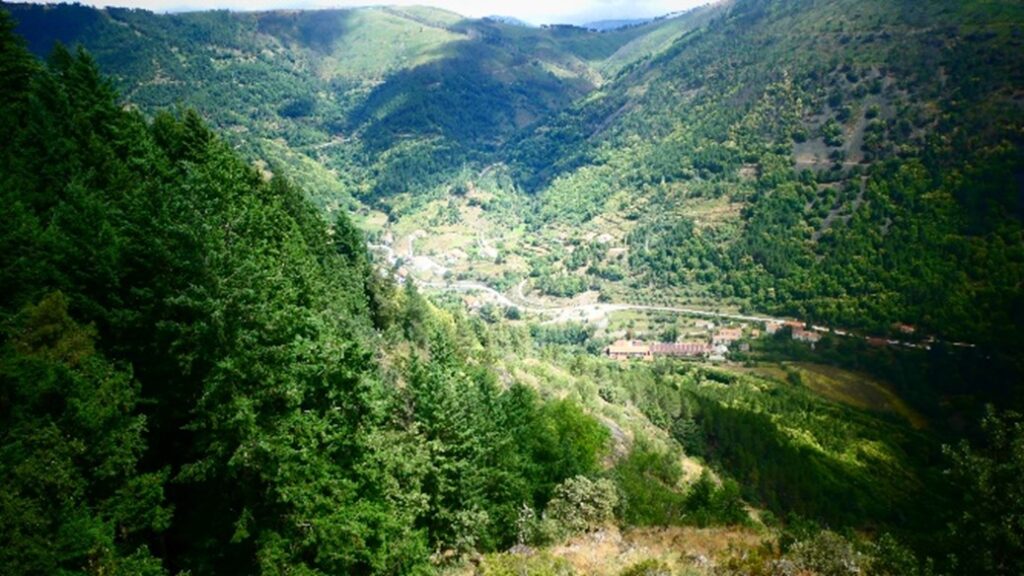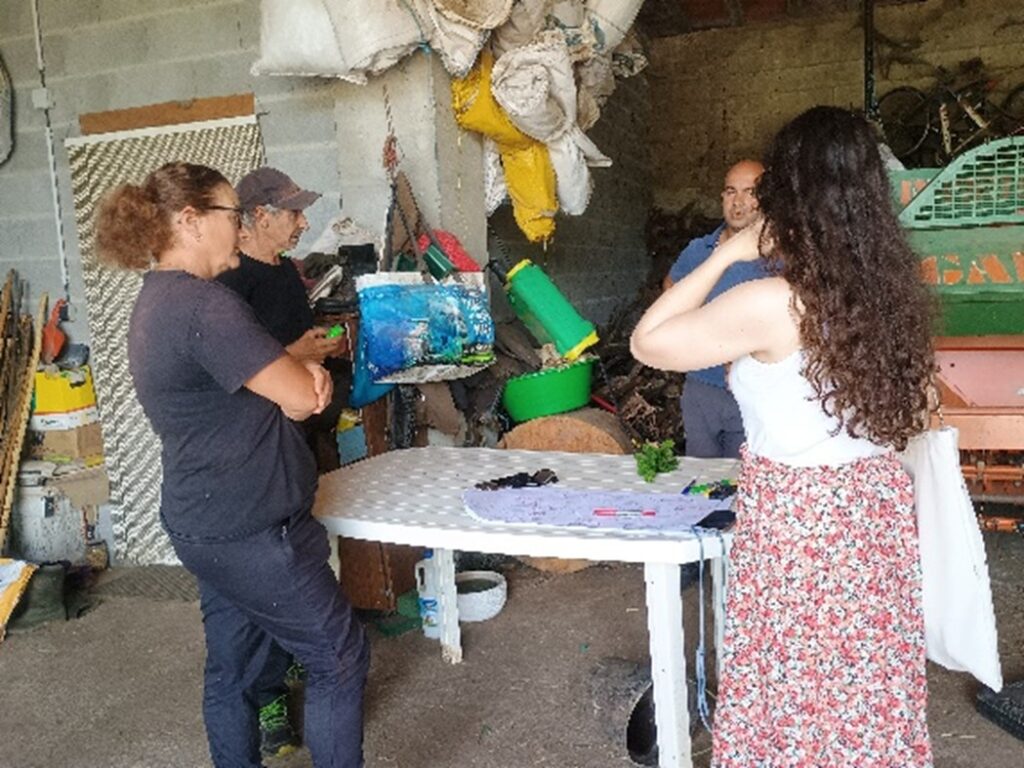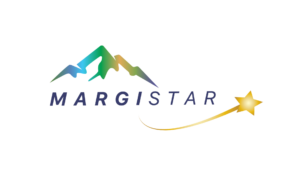By Elena Todorova (Forest Research Institute at the Bulgarian Academy of Sciences)
At the end of June, it was time to explore. Plans: ready, materials: prepared, suitcase: packed, so off we went. Elena Todorova was warmly welcomed by her host, Antonio Monteiro from the Institute of Geography and Spatial Planning at the University of Lisbon. Together, with Ana Margarida Silva from the Centre for Intercultural Studies (CEI, ISCAP-P. PORTO), they headed to the Serra da Estrella Mountain for a MARGISTAR Short-Term Scientific Mission to uncover the delicate socio-ecological interactions that shape this unique mountainous region. They used Fuzzy Cognitive Mapping to explore how local communities and the natural environment influence and sustain each other. The next 12 days were full of meetings, festivals, cultural events, and adventures in nature. Read on for more about this journey.
The Plan
Serra da Estrela is an exceptional mountain; it is one of the jewels that makes Portugal so diverse and unique. Apart from the stunning landscapes and unique biodiversity, the mountain is dotted with picturesque villages where traditions and crafts are preserved. Local tourism flourishes there and is delicately intertwined with agriculture and nature.
Nonetheless, the mountain has been facing lots of challenges lately – big wildfires in 2017 and 2021 brought devastation and fear, depopulation and ageing are long-term issues, and sustainable tourism and agriculture are hard to maintain. Addressing these challenges requires a comprehensive and integrated approach that balances economic development, environmental conservation, and social well-being. So, we initiated research that would show us the perception of different stakeholders surrounding existing problems and their possible solutions. We used cognitive maps to collect these perceptions and draw relations between the different factors that affect the system.

Where Do We Start?
We arrived in Manteigas, a small, cozy, and welcoming town. Quiet and peaceful otherwise, the town is buzzy and full of movement when tourists arrive, and festivals take place. It is exciting to listen to the sounds of the place, the scent, the music of the language, and to just observe the rhythm of life. It is easy to blend in because the atmosphere is all so welcoming and open, a factor that became even more exciting when we started our interviews.

Fuzzy Cognitive Mapping
Cognitive Mapping is a technique that collects perceptions on the relationships between different components of the socio-ecological system. The main aim is to understand how different factors or concepts within a system influence each other. For this purpose, we organised interviews with various stakeholders to see where these perceptions fit in and outline hot topics and conflict points regarding problems and solutions. During our stay in the mountains, we conducted 17 interviews with scientists, local administrators, forest service workers, geopark administrators, businesses, tourism centres, cultural institutions, and agricultural workers.

The interviews were conducted with people from different settlements in the mountains – Manteigas, Covilha, Videmonte, Seia, and Sarzedo. The stakeholders were encouraged to draw the relations they considered relevant and indicate their strength, direction, and whether they are positive or negative.

What Did We Learn?
Talking to so many people from different backgrounds gave a lot of material to reflect on. We realised that climate change means vastly different things depending on from which angle of the socio-economical system you look at it. We received interesting insights on the demography that statistics can barely show, like the slow process of young people coming back to the mountain villages, what triggers this process, and what hinders it. People were open and shared their visions on how the system functions from the inside. While the impressions from these conversations are very strong, we have yet to process all the maps.
Impressions That Will Last
The interviews were the perfect opportunity to feel the community and interact with it. We got to speak to some amazing people that opened up, spent some time with us, and were eager to support us in our study. Each conversation contributed a new vision to this colourful mixture of socio-ecological interactions that we study.

We enjoyed the events during the Wool Innovation Week in Manteigas that brings tradition and future closer to each other. We also got to visit the Wool Museum in Covilha to get a better idea of how the economy transforms over time and how this is related to the people and nature of the area.

Furthermore, we were welcomed by the Cultural Association New Hand Lab that supports artists and provides creative space for realisations of amazing ideas. The place these open-minded people created is like a temple of creativity and innovation.

Apart from our new acquaintances, we also got to enjoy the beautiful nature of Serra da Estrela. We made a trip to Torre, the highest point of mainland Portugal. We had a conversation with a local shepherd there and spent some time amazed by the scenery and diversity of the landscape. We also made a small hike to Poço do Inferno, where we witnessed the natural beauty of the 10-metre waterfall and investigated an abundance of tree species that cover the landscape – Sweet chestnut, Common beech, Douglas-fir, European larch, European yew, Sycamore trees, and more.

What’s Next?
The research conducted during the Short-Term Scientific Mission (STSM) was fruitful and provided information and inspiration for future work. The results will be processed and analysed, and the findings will be published. Parallels with case studies in Bulgaria are also an interesting opportunity for collaboration within the MARGISTAR network. For example, both the Rhodopi Mountains and Serra da Estrela have a strong cultural heritage and traditional practices. Both are known for their rich biodiversity, but they also share the demographic problems of aging and depopulation. Nowadays, they rely heavily on tourism and make efforts to promote sustainable development. These similarities may be used to draw parallels between the socio-ecological relations that have formed over the years and trace how this has affected the system in various ways. These findings may be used to make better management decisions.
The STSM was a great chance to meet scientists that share my visions and contributed a lot to developing and expanding on them. Together, we conducted interesting research and will continue our common work in the future. The experience was challenging, colourful, inspiring, and enriching.
I am extremely grateful MARGISTAR gave me this opportunity. I am thankful to my amazing colleagues that shared this experience with me, and I would like to give a huge ‘thank you’ to all the people that agreed to speak to us and contributed to our research.


